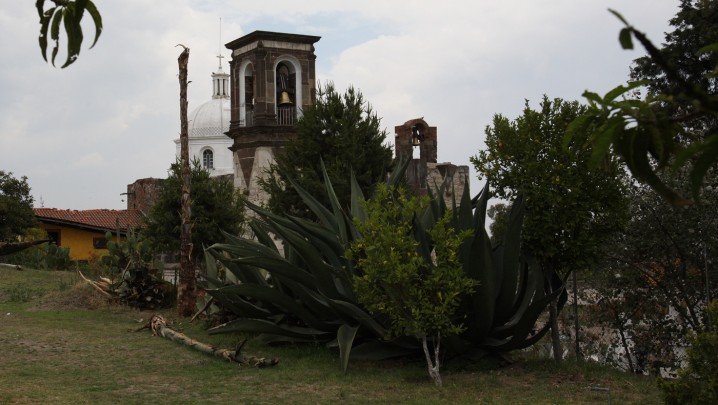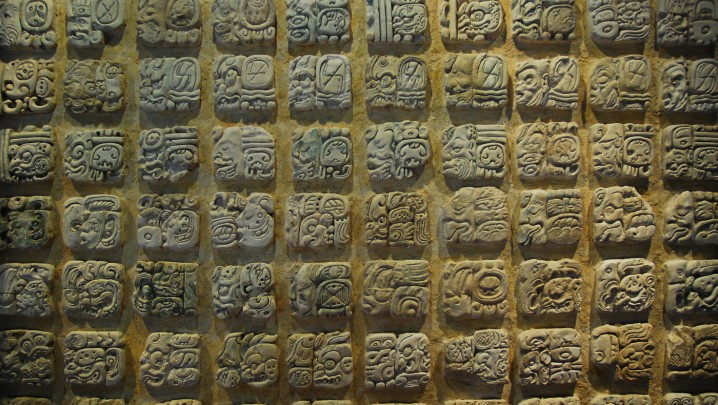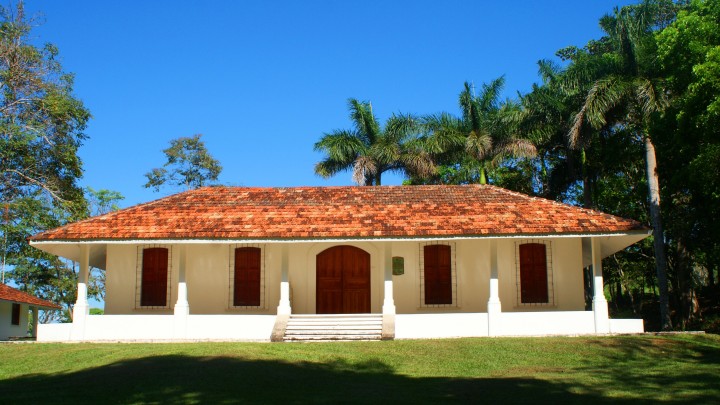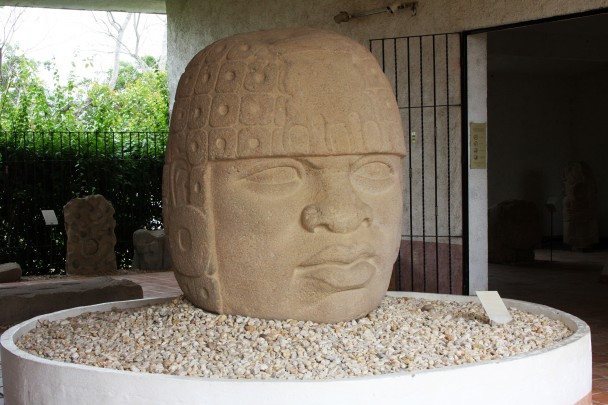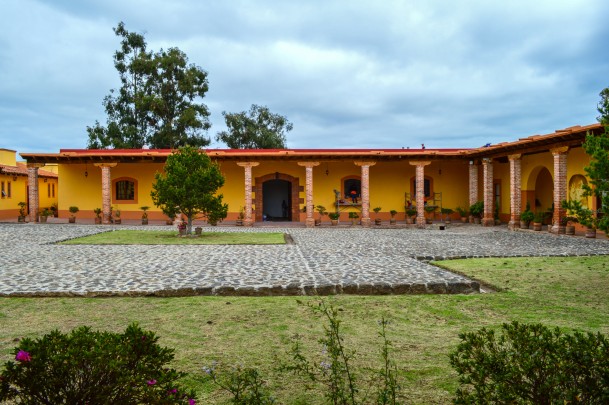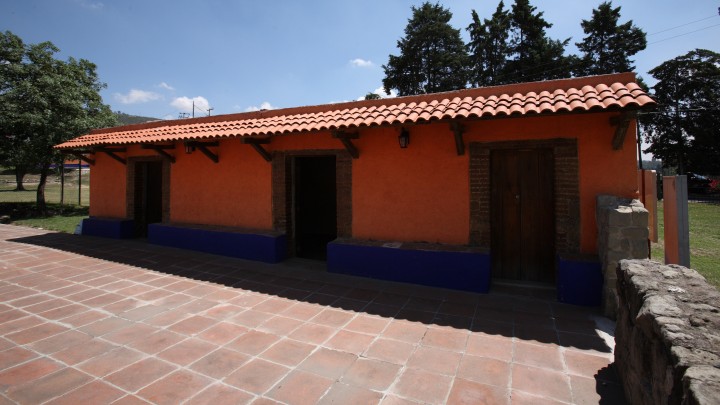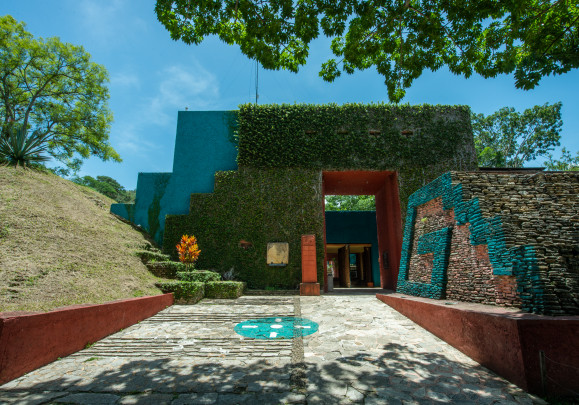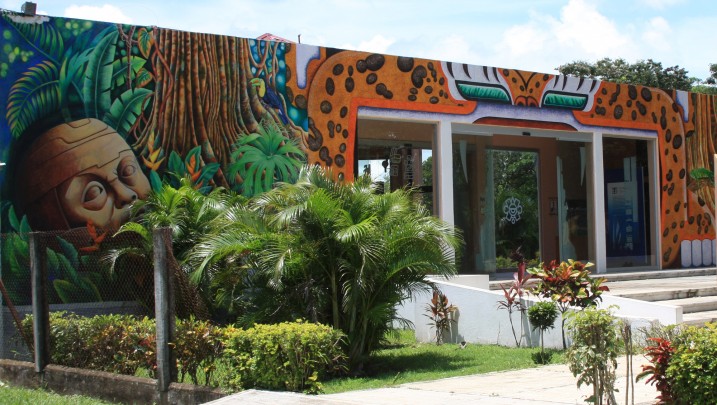INAH Museums Network
128 Museums
Archeological site
The principal Tlaxcalan fiefdom in 1519, with the remains of a temple built a century before, whose mural paintings show Tezcatlipoca on fire and other symbols of religious sacrifice, such as Xiuhcatl, or the fire serpent descending like a stream of blood.
Tlaxcala
Archeological site
The city of King Pakal, whose sumptuous tomb was discovered by archeologist Alberto Ruz Lhuillier in 1952. The museum houses his rich collection and shows the great skills of the ancient Maya as sculptors and metal workers, their funeral customs, the life of the elite and of the populace.
Chiapas
Archeological site
Important Maya trading city on a tributary of the river Usumacinta 14 centuries ago. Allied to Palenque, it was defeated by its neighbours. A spread-out city, with airy temples built on adjacent hilltops. This rich museum exhibits the treasures found in the digs.
Tabasco
Archeological site
A small museum with three galleries features a sample of the 3,200-year-old sculptural masterpieces from San Lorenzo Tenochtitlan on the banks of the Coatzacoalcos River: the cultural legacy of the great Olmec city.
Veracruz
Archeological site
An Acolhua city neighboring the state of Tlaxcala with a conflict-riven border, but also an important trading point during the hegemony of Teotihuacan and Texcoco. Part of the force of Pánfilo de Narváez, who fought against Hernán Cortés, was captured here, a critical event which left numerous remains.
Tlaxcala
Archeological site
Offering a unique view of the Valley of Tehuacan, the site museum of Tehuacan el Viejo has a rich collection of archeological material and audiovisual clips on Ndachjian, better known as Tehuacan, the most important city today in the east of the state of Puebla.
Puebla
Archeological site
On the site of the former archeologists’ shelter, the museum was built in 1930 and was recently renovated. Tizatlan was one of the four fiefdoms of the Republic of Tlaxcala alongside Tepeticpac, Ocotelulco and Quiahuixtlan and it has structural remains from the late pre-Hispanic era, together with a very early Christian chapel.
Tlaxcala
Archeological site
Extraordinary Maya city which grew to be the most populated and important city in Mesoamerica 1,500 years ago. Its magnificent pyramids (among the highest) with relief work, sculpture and pottery, as well as the museum's rich collection, amaze visitors to the archeological zone.
Chiapas
Archeological site
The Olmec region has the longest record of continual occupation. The museum houses: the oldest stela in Mesoamerica, an extraordinary stone with the “long count” for the whole calendar, the first colossal head to be discovered and other artefactual evidence of these remarkable sculptors and workers in precious metals of the earliest civilization.
Veracruz

